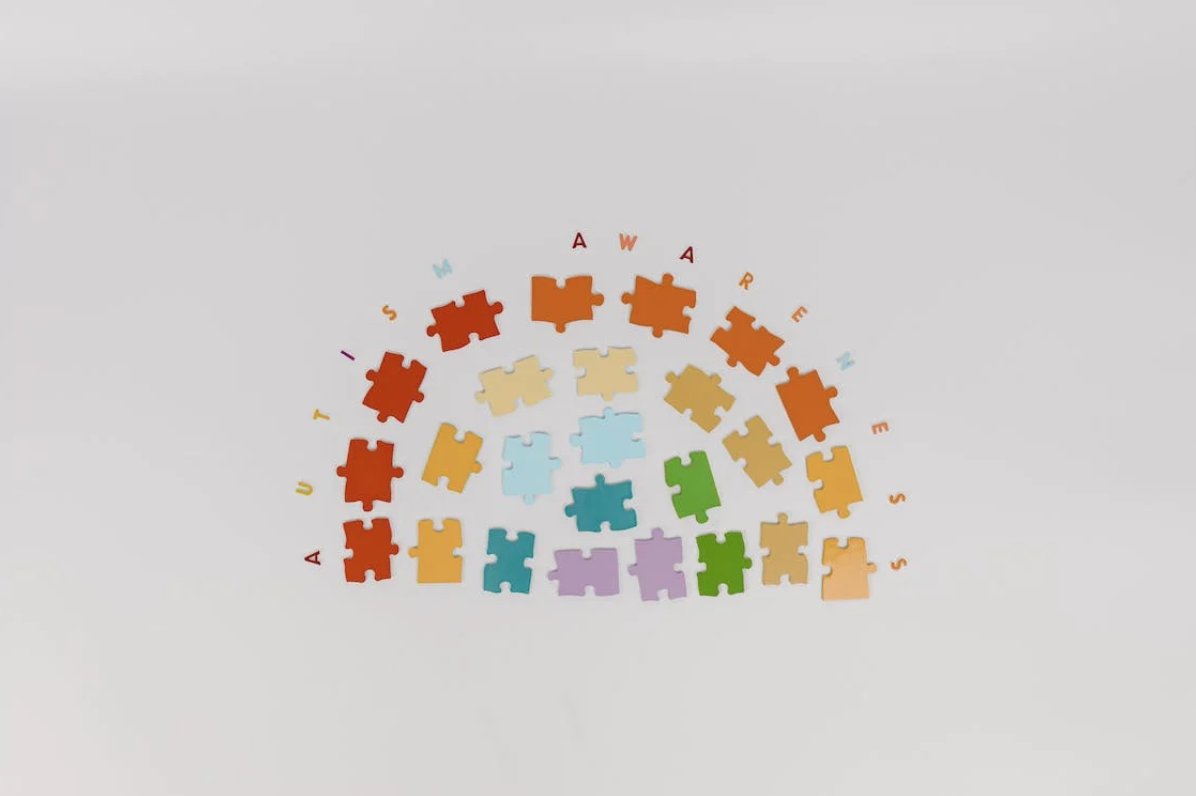Why Early Intervention Matters: Addressing Autism Signs in Babies and Toddlers

When it comes to disorders such as autism, any form of early detection is the best possible way to address and treat the disorder as effectively as possible. While autism can be diagnosed as early as 18 months, signs and symptoms often emerge during infancy and toddlerhood. In the text below, we’ll discuss and explore the importance of early intervention and how to identify autism signs in your young ones.
Early Identification and Diagnosis
Early intervention begins with the early identification and diagnosis of autism signs, and for this, you and your caregivers play a critical role in observing and recognizing atypical behaviors and developmental delays. Anything from signs such as limited eye contact, delayed or absent babbling, repetitive movements, a lack of response to a name, and social withdrawal can be early indicators of autism. Be engaged in your toddler's behavior, make sure to pay special attention to any of these signs, and instruct and inform your caregiver to do the same.
Critical Period of Brain Development
Early childhood is presumably the most important period when it comes to the development of the brain, as it’s highly plastic and malleable. The brain undergoes rapid growth and forms vital neural connections during the first few years of life. So, make sure to use this small gap for targeted interventions, such as behavioral therapies, speech, and language therapy, and occupational therapy, which can help promote social skills, communication, and cognitive abilities, mitigating the developmental gaps associated with autism.
Family-Centered Approach
Family is the core when it comes to treating autism and any other disorders in children. We know and understand that it might take some time for families to adapt to the special needs of their loved ones, but the sooner you take initiative, the better. Early intervention not only benefits the child but also empowers and equips parents with the knowledge and skills to support their child's ongoing development beyond the therapy sessions. You should also get in contact with your caregiver and other health institutions, and you’ll be provided with training and even the best toys for nonverbal autism and verbal autism, as it helps target the specific needs of the child. It’s a journey, but it’s rewarding, as creating a strong parent-child bond and promoting a nurturing environment can help your child overcome its burdens in no time.
Addressing Core Deficits and Enhancing Outcomes
As said before, addressing specific needs and deficits in children and toddlers can have better outcomes than using general treatment methods. Thankfully, due to an increase in overall awareness, there are numerous programs that focus on enhancing social communication, improving emotional regulation, and reducing repetitive behaviors. All are evidence-based, some of which are ABA and ESDM, and have shown significant effectiveness in improving developmental outcomes for young children with autism.
Long-Term Cost Savings
And, although many would rather not discuss the financial burden it can be, we should mention that investing in early intervention for autism leads to long-term cost savings for individuals, families, and society as a whole. Because more and more research proves that early intervention reduces the need for costly special education services later in life. It increases the likelihood of independent living, employment opportunities, and social integration for individuals with autism.

Yes, it takes a lot of time and patience, but with the right tools and programs and the guidance of trained professionals, you can help your toddler overcome the disorder and make it possible for them to achieve an equal chance at life like everybody else.






